The name of Bucharest first appeared in documents in 1459, but the city became the capital of the country only in 1862, and today it is the cultural and artistic center of Romania. The city's architecture combines historical (neoclassical and art nouveau), interwar (bauhaus and art deco), communist and modern trends. In the period between the two world wars, the city's elegant architecture and sophisticated elite earned Bucharest the title of "Little Paris". These days, Bucharest is a modern and developing metropolis – the tenth largest city in the European Union – and home to nearly two million people. After the matches at the EURO 2020 final tournament and the EURO Under 21 European Championship, Bucharest is proud to host the UEFA Under 19 European Championship this year.
Nearby, the town of Voluntari is located in the north-eastern part of the city of Bucharest, and its development is closely related to that of the capital. The Voluntari area was born after the First World War, and in 2004 Voluntari obtained the status of a city, with a population of approximately 43,000 inhabitants.

NOT TO MISS IN BUCHAREST
The Palace of Parliament
Considered one of the most impressive buildings in the world, it entered the Guinness World Record in the category of administrative buildings representing the second largest administrative building after the Pentagon. This grandiose project, originally entitled „The House of the Republic” later „The People’s House” and finally became „The Palace of Parliament”, was started in 1984 under the direct supervision of the Communist leader Nicolae Ceausescu. Nowadays, the building is used by the Parliament of Romania, the National Museum of Contemporary Art and several other institutions. Address: 2-4 Izvor St.
"Dimitrie Gusti" National Village Museum
Founded by royal decree in 1936, this fascinating ethnographic outdoor museum located down on the Herăstrău lakeside will take you back in time revealing the everyday life of people in Romanian villages. Traditional houses, farms, wooden churches and mills, all relocated from different parts of Romania, carefully taken apart, shipped to the museum and rebuilt in order to recreate the village setting. Address: 28-30 Pavel Dimitrievici Kiseleff Bvd.
The National History Museum of Romania
The National History Museum of Romania is one of the representative institutions of Romanian culture. It is housed by a historic monument building, formerly known as the Palace of the Post, in the old history centre of Bucharest. Here, you will find a real size replica of the famous Trajan’s Column in Rome and the Steel Crown of Romania of King Carol I. The crown was made from the steel of a cannon captured by the Romanian Army during the War of Independence (1877-1878) against the Ottomans. Address: 12 Victoriei Avenue.
The Old City Centre
The Old Town is part of the historic heart that was not demolished during the communist period. Archaeological discoveries made at Linden Inn in basements Gabroveni Inn and Lipscani passage prove that the area was inhabited as early as the fifteenth century. Lipscani Street is one of the oldest streets of Bucharest, being documented on 5 June 1589. Today, the Old Town area is very populated, renowned for its tourist attractions and leisure activities, representing a gathering place for the city’s younger generation. There are countless restaurants, terraces, cafes, bars and clubs but also art and antiques shops, bookstores and theatres.
Victoriei Avenue
Victoriei Avenue is Bucharest’s oldest and, arguably, most charming street. Built in 1692 to link the Old Princely Court to Mogoșoaia Palace, it was initially paved with oak beams. The street became Victoriei Avenue in 1878, after the victory in the War of Independence. Currently, it is heavily populated, but also crowded by numerous restaurants, bars and cafes. Victoriei Avenue is also a magnet for shopping, as there are numerous with international brands outlets.
King Michael the 1st Park
King Michael the 1st Park (formerly known as Herăstrău Park) is located in the northern part of Bucharest, on the Herăstrău lakeside, covering an area of 110 hectares. It is an excellent place for walks and leisure. There is an outdoor cinema, a summer theatre and tennis courts. In the summertime, many terraces open on the shores of the lake and you can take cruises on the lake in boats and small ships.
The National Art Museum of Bucharest
Built between 1927 and 1937 in neoclassical style, the palace was home to King Carol II and to his son, King Mihai I, until 1947, when monarchy was abolished in Romania. Today, the former Royal palace houses the Romanian National Art Museum featuring over 70,000 exhibits divided into two main galleries: The National Gallery, which also comprises works by the best Romanian painters (Ion Andreescu, Theodor Aman, Nicolae Grigorescu, Gheorghe Petraşcu, etc.) and the European Art Gallery that has the art collection of King Charles I. Adress: 49-53 Victoriei Avenue.
Bucharest Museum – Suţu Palace
Suţu Palace is one of the oldest aristocratic residences in Bucharest and one of the few buildings that has remained unchanged for over 150 years. The museum houses numerous collections and exhibitions related to the history of Bucharest, as well as to aspects of life in the city. Address: 2 Ion Bratianu Bvd.
The Arch of Triumph
The Arch of Triumph is a monument of architecture and cultural heritage object and is a representative edifice of Bucharest, commemorating the victory of Romanian armies in World War I, the emergence of Greater Romania and the crowning of King.
Această secțiune este gestionată de Federația Română de Fotbal. UEFA nu își asumă răspunderea legală pentru acuratețe și nu își asumă caracterul exhaustiv al informațiilor. În același timp, opiniile exprimate pe această secțiune FRF nu reprezintă opiniile sau politicile UEFA. Cuvântul UEFA, logo-ul UEFA, mărcile UEFA și secvențele video în legătură cu competițiile UEFA reprezintă proprietarea UEFA și sunt protejate de legile aplicabile ale mărcii comerciale, drepturilor de autor şi alte legi referitoare la proprietatea intelectuală. Utilizarea acestor logo-uri și mărci nu este permisă.


